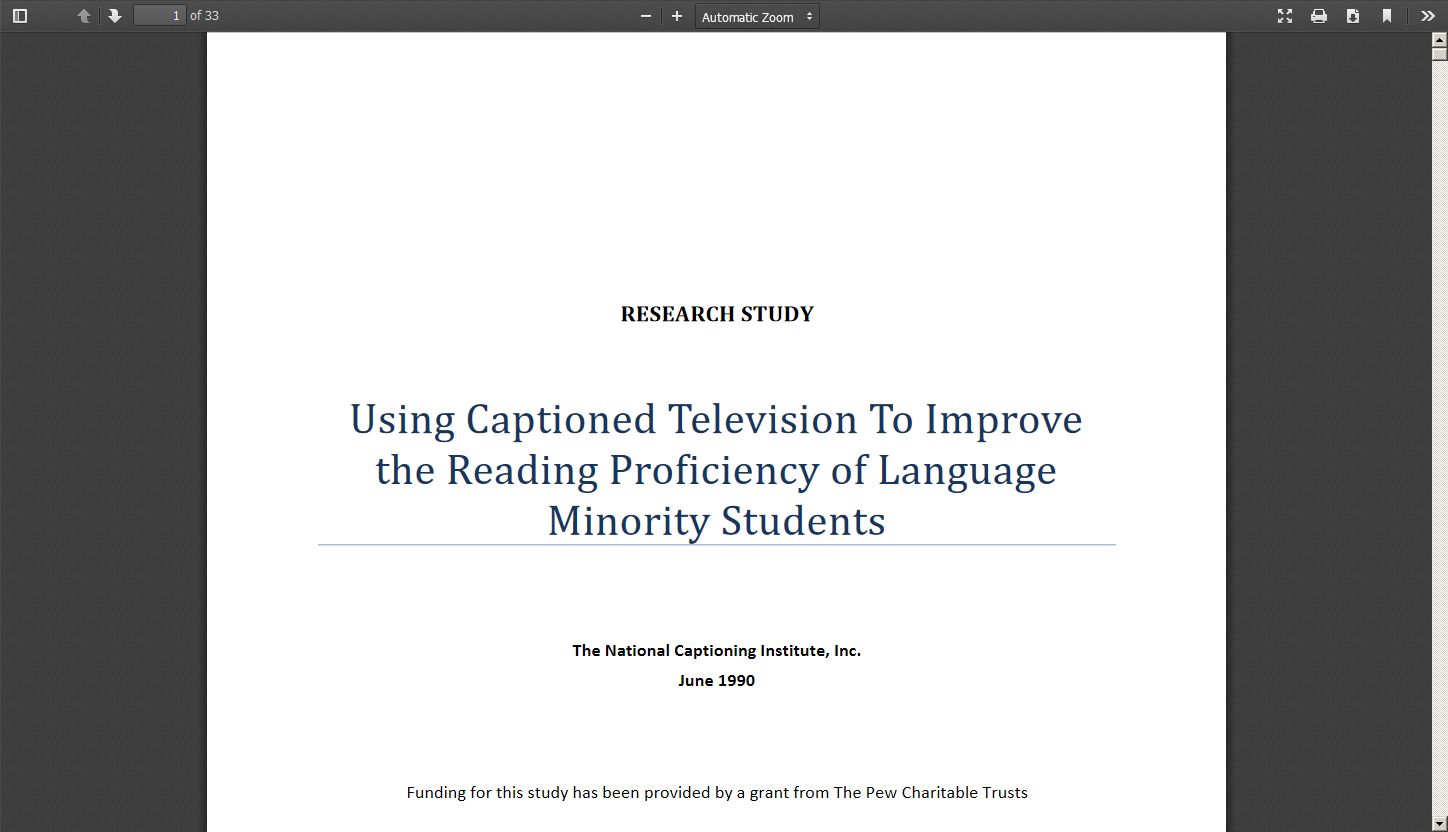Learning Center
Filtering by tag: research
-
Audio Description: Research Into Awareness Levels
As part of the United Kingdom's (UK) Office of Communications (Ofcom) Access Service Review, this report details the results of Ofcom's advertising campaign to increase public awareness about audio description on British television. Prior to the campaign, fewer than 40% of UK adults (and fewer than 37% of visually impaired UK adults) were aware of audio description services, a severe departure from the level of familiarity with captions (known as subtitles in the UK) at 90% and sign language interpreting at 86%. Ofcom commissioned this study to measure the effectiveness of its campaign to educate the general public about audio description, as well as to: (1) establish awareness levels of audio description within the visually impaired community, (2) investigate usage of audio description services, as well as other tools used to access television, within the visually impaired community, and (3) understand media consumption among groups of visually impaired people, and identify any differences that might ex...Read More
about















